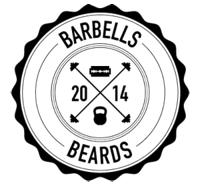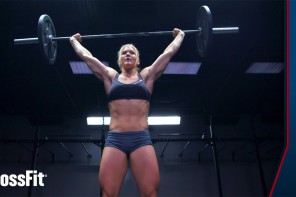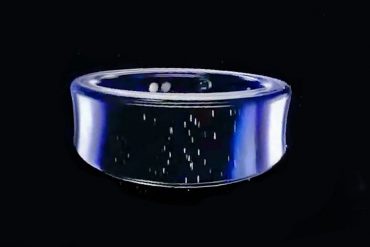Compression socks were originally designed for patients with circulatory problems, DVT, diabetics, edema and skin issues. The explanation behind the technology being that the compression socks helped to improve the circulation of blood by helping it return to the heart. Today, compression socks are hugely popular amongst athletes of a wide range of sports, but do compressions socks work in sport? And what are their benefits?
We look at the top 10 benefits of compressions socks and the studies behind them.
1 – Speeding up your recovery
There have been many studies on whether compression socks help to speed up muscle recovery. Some studies find it useful to wear compression socks while others attribute the results to the placebo effect. However, most studies tend to agree, at least on a whole, that performance athletes would benefit the most from wearing compression socks. So although they might have little to no effect on the amateur runner they could help speeding up the recovery of endurance runners, sprinters or for those who do plyometrics.
2 – Increasing performance
Measuring increasing performance based on compression socks can be a challenge. It is believed that wearing the socks actually increases oxygen delivery and blood flow. Still, most studies failed to find a connection for an increased performance solely due to compression socks. However when measuring results for high performance athletes things start to shift.
Results saw improvements for ultra-endurance runners and in some of the athletes tested. So long distance runners and triathlon athletes might see a real benefit
3 – Keeping varicose veins away
We`ve all seen those enlarged veins, bulged at skin level. They usually appear on legs and specifically to people who spend a lot of time on their feet. So compression socks are beneficial not only to athletes but also to professionals like teachers, store clerks and other people that stand for long time every day.
4 – Preventing cramping muscles
Sitting or training for extended periods of time can be stressful for the circulation in the lower body. Fatigue, swelling or even pain can take over due to the pooling of the blood. Compression socks can help prevent these symptoms that could, in the long term, cause blood clots.
5 – Prevent ankle swelling in newly pregnant runners
Newly pregnant runners could still be going for a jog and dealing with swollen ankles is something not that uncommon. This in turn can affect their mobility. Wearing compression socks could help reduce the swelling around the ankles.
6 – Helping with deep vein thrombosis
A study on post-surgery patients found an improvement of up to 60% in deep vein thrombosis due to compression socks. The results were achieved combined with mechanical measures. So having the proper recovery can be aided by wearing compression socks.
Studies have found that wearing compression socks also decreased the risk of developing deep vein thrombosis by up to 68%.
Compression socks can also help with phlebitis, a variation of thrombosis, which is basically caused by a trauma to the veins.
7 – Helping with the treatment of edema
Edema is an unusual accumulation of fluid between the skin and the cavities of the body. The treatment of edema can be prescribed by a physician and can involve the use of compression socks.
8 – Helping with calf strains
Calf strains are a tear of muscle fiber in the lower leg. Although the severity can range from mild to severe they do appear with runners as a result of sudden movements or as a result of over-stretching during a run or at training sessions.
Using a compression sock together with traditional ice and stretching exercises can work wonders. Resting is also recommended for these types of injuries. Compression treatment is recommended for the lighter symptoms for up to 10 minutes; not to obstruct the circulation completely.
9 – Helping strains to the Achilles` tendon
Runners know the pain of being out due to strains to the Achilles tendon. One of the most important tendons in the foot, it provides a crucial role and can be easily injured by overuse or increasing the level of physical activity too quickly.
The symptoms should not be ignored and include: pain (especially when doing stretching movements), swelling and stiffness. The treatment can vary according to the level of the injury and can start with a mild compression to having painkillers or anti-inflammatory drugs.
10 – Helping with shin splints
Shin splints present pain along the inner edge of the tibia and can happen to anyone, especially runners and athletes. Sing splints make-up a staggering 17% of the total number of running-related injuries. The treatment of shin splints aims to reduce the pain and swelling by a broad range of techniques. Compression socks are used to support and warm the leg.
After the recovery it is recommended to run on different surfaces that are not so demanding on the feet. So running on grass instead of asphalt from time to time can also prevent shin splints to some degree.
In the end the health of our legs is totally up to us and with the exception of accidents we can prevent some serious issues like varicose veins, cramps, ankle swelling, deep vein thrombosis, edema, shin splints, calf and Achilles` tendon strains.
Using a compression sock can help in preventing these conditions but can also make a real difference for professional athletes in speeding up recovery time and increasing performance levels. Once you reach a certain level, every little help you can get can make a real difference and compression socks, used correctly, can provide that extra little help.
Guide to choosing the Best Compression Socks
The following guide gives you a complete breakdown of everything you need to know when choosing the best compression socks for you.

Credit: http://runnerclick.com




